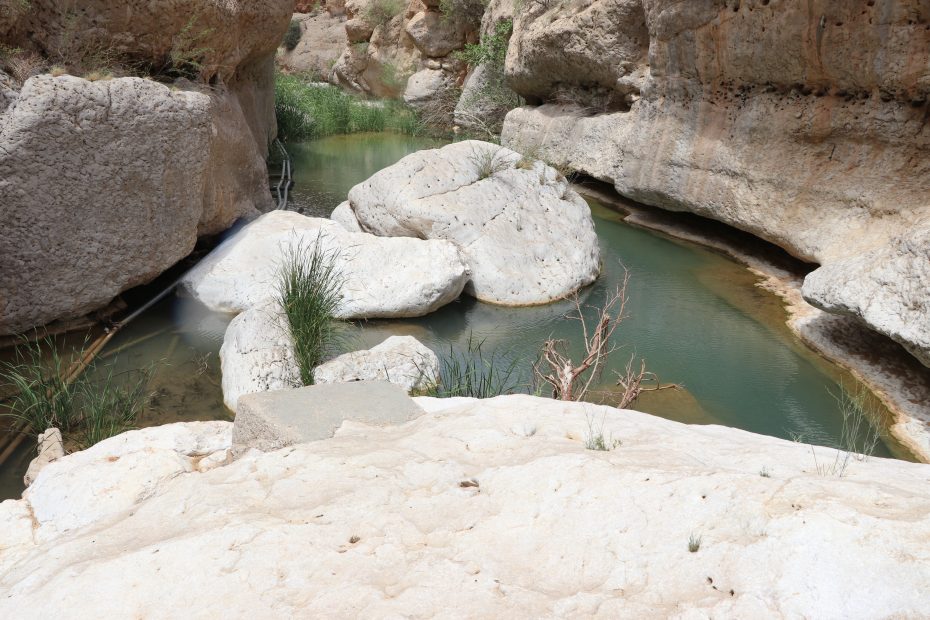Table of Contents
Introduction
The ancient civilization of Somalia remains relatively unknown compared to other ancient cultures in Africa and beyond. However, Somalis had developed complex societies, architecture, and trade networks centuries before the arrival of Islam and European colonialism. Delving into Somalia’s past reveals a rich cultural heritage and history that deserves greater attention.
Geography and Origins
Ancient Somalia occupied much of the Horn of Africa, with coastal regions facing the Indian Ocean and the Gulf of Aden. The development of Somali civilization owes much to this strategic location along important trade routes.
Somalis trace their origins back centuries, with archaeological evidence pointing to continuous settlement since at least 1000 BCE. Somali peoples like the Oromo and Afar have long inhabited the region, with older origins shrouded in myth and legend.
Economic Life
The ancient Somali economy depended on both agriculture and the herding of cattle, camels, sheep and goats. Somalis became very skilled pastoralists, developing effective techniques for sustaining livestock in dry grasslands.
Trade was also crucially important, with Somalia forming part of extensive Indian Ocean trade networks. Major Somali ports and coastal settlements helped connect inland peoples with global commerce. Maritime trade enriched Somali merchants and brought goods and ideas from around the world.
Social Structure
Somali society was organized largely around clan lineages, with social status inherited through paternal descent. Clans provided security for their members while also engaging in frequent conflicts and raids.
Within the family unit, gender roles were stratified, with men responsible for herding and protection while women managed households and childrearing. Oral traditions, poetry, and proverbs were passed down for generations, helping shape cultural identity.
Most Somalis followed indigenous belief systems focused on worshipping spirits and finding meaning in natural phenomena like mountains, rivers, and stars. Archaeology suggests ancestor worship was also common.
Architecture and Cities
Impressive stone cities and structures have been found across ancient Somalia, like the medieval city of Gondershe. Multi-story houses were built of coral stone and mangrove timber, clustered around open public spaces.
Massive walls surrounded important ancient cities and settlements. These defensive structures provided protection from rival clans and nomadic raiders. Other structures included tombs and imposing stone monoliths.
Decline and Legacy
Ancient Somali civilization began declining around the 15th century AD, pressured by environmental disruptions and growing European presence along the coasts. Much knowledge of Somalia’s past was lost as oral traditions faded over time.
However, ancient Somalia left behind an incredible cultural and artistic legacy. Archaeological wonders continue to be unearthed today, from paintings in rock shelters to the remnants of coastal mosques. Further research can help Somalis reconnect with this fascinating heritage.
Conclusion
Though often overlooked, ancient Somalia was home to sophisticated societies that drew on both indigenous traditions and Indian Ocean connections. From powerful clan lineages to stone cities along the coast, Somalia’s past is filled with riches waiting to be discovered. Studying ancient civilizations like Somalia’s helps modern societies understand the complexities of human history.
FAQs
What were some major ancient Somali cities?
Some major ancient Somali cities include Gondershe, Zeila, Berbera, Mogadishu, and Barawa. These coastal port cities facilitated important trade routes across the Indian Ocean.
What religions did ancient Somalis practice?
Most ancient Somalis followed indigenous belief systems focused on ancestor veneration, spirits, and natural features like mountains and rivers. Islam did not become dominant in Somalia until sometime between the 10th-13th centuries AD.
How did clan lineage shape Somali identity?
Clan lineages passed down through paternal descent provided ancient Somalis with a shared identity and mutual obligations of protection and support. Conflicts between rival clans were also common.
What agricultural practices sustained ancient Somali civilizations?
Farming and pastoralism were both crucial to the Somali economy. Sorghum, millet, and barley were grown in irrigated river valleys, while livestock grazing required transhumance to find seasonal pastures.
What can studying ancient Somalia teach us today?
Studying ancient civilizations like Somalia provides insight into early human societies, trade networks, cultural practices, and more. It also helps modern-day Somalis reconnect with their heritage.
